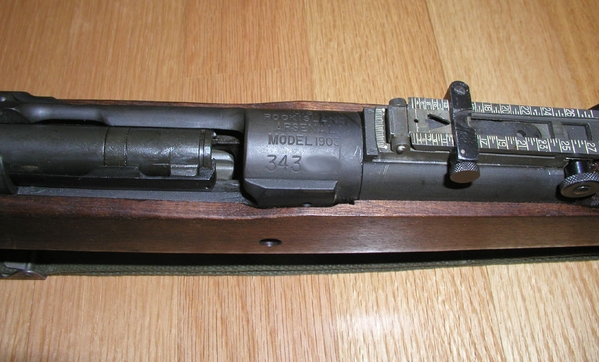Thanks for the write-up, buddy!
The Vetterli does look interesting. Looks like it uses a Henry style case ejector. Also I totally agree on not converting the bolt.
Cool Springfields! I was not aware of the changes to the A3 model that you mentioned besides the peep sight. I had always thought of the A3 as an improvement, but it sounds like the sight itself was the only improvement and everything else was cost reduced. If I recall, I believe the Marines used A3's instead of M1's during WWII.
Results 1 to 20 of 206
Thread: 2017 random firearm pic thread.
Threaded View
-
01-07-2017, 01:35 PM #39"I'm fucking furious, I'm violently angry, and I like it. If you don't know what that feels like then I feel bad for you"








 Reply With Quote
Reply With Quote
Bookmarks